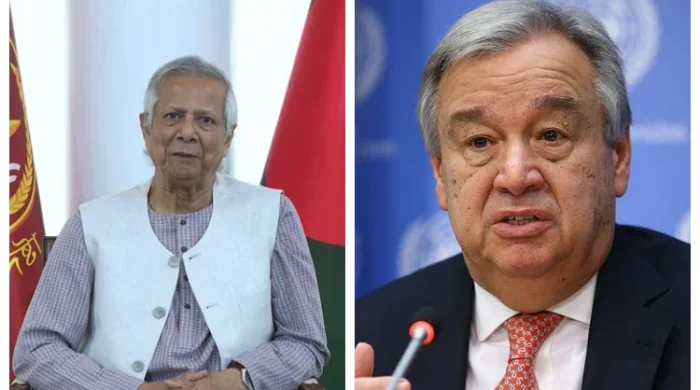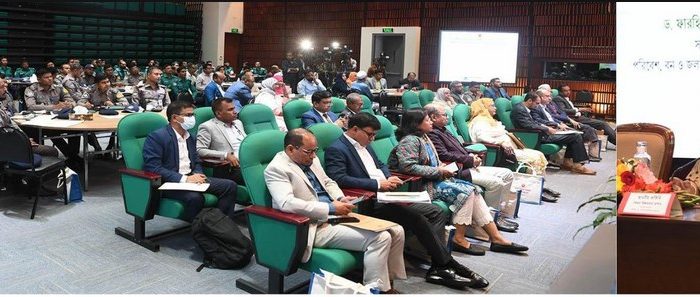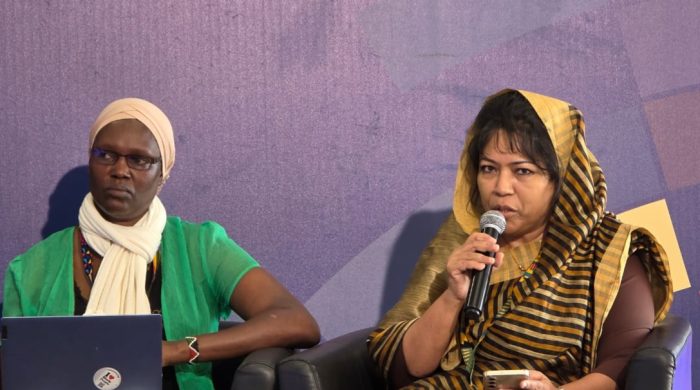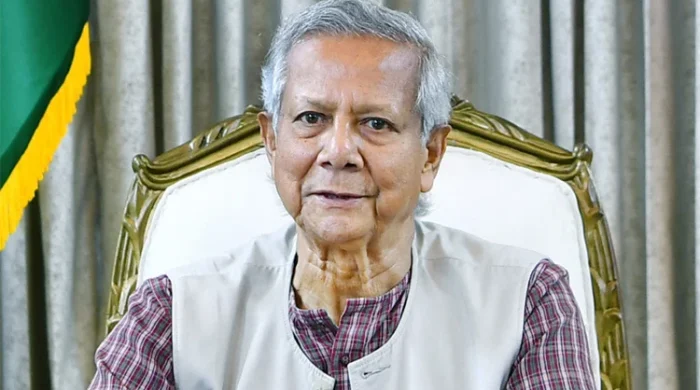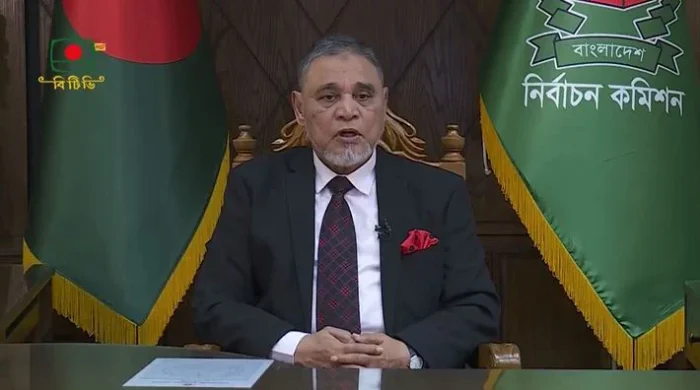The value of money is decreasing in the country, inflation is increasing

Diplomatic Correspondent/
The prices of all products including imports in the country are increasing day by day. The value of money is decreasing. Inflation rate is increasing. Low and middle income people are facing major financial crisis in the existing situation. Expenditure cannot be met with foreign exchange earnings. The cost is more. Especially in the case of earlier deferred foreign debt and interest payments, dollars are now being paid from reserves. The reserve is decreasing.
On the other hand, a portion of remittance and export earnings used to be added to the reserve earlier. At present, the banks do not have any extra dollars to settle their foreign currency liabilities. As a result, dollars are not added to the reserves. Due to this situation for a long time, the pressure on reserves is gradually increasing. The price of the dollar is increasing.
According to sources, under normal conditions, the import expenditure could not be met with the export income. As a result, there was a deficit in foreign trade. Now the deficit has increased. Currently, the average monthly income from remittances and exports in the country is 656 million dollars. In contrast, an average of 5.5 billion dollars is spent on imports per month. There is an additional 106 million dollars. Of this, foreign debt and interest payments are 157 million dollars. As a result, there is an average deficit of 51 million dollars per month.
Apart from this, more money has to be paid for foreign travel, medical expenses, student education expenses, profits earned by foreign companies and royalties. The deficit is increasing. In total, the current account deficit of foreign currency in the last financial year was 333 crore 40 million dollars. In the previous fiscal year 2021-22, there was a deficit of 1,864 million dollars. The deficit has been reduced by 1 thousand 530 billion dollars in a span of one year. Deficit has narrowed in the space of a year, but due to deferred foreign debt and interest payments, there is more pressure on the reserves.
According to the report of the central bank, the central bank has sold 1 thousand 358 million dollars from the reserve in the last financial year to pay the import expenses and foreign debt. In July, it sold 1.14 billion dollars. Dollar selling continues in August. At that time, it only increased reserves by buying some dollars in July to pay the debt of the Asian Clearing Union.
Earlier the central bank used to increase the reserves by buying dollars from the market. Because at that time the income was more than the foreign exchange expenditure. As a result, the banks were forced to sell the extra dollars. Because they could not keep more than the fixed quota of dollars. 60 percent of the import expenditure can be met with the total export income of the country. The remaining 40 percent is met from remittances. Even then 20 percent was added to the remittance reserve.
Since last year, import expenditure was not being met with export earnings and remittances. As a result, dollars were paid from the reserve. which is still being offered. But now, due to the reduction of prices in the international market and import controls, imports are being met with remittances and export dollars. But import arrears and deferred foreign debt are not being repaid. For this, dollars have to be paid from the reserve. As a result, the reserve is decreasing. On the other hand, they cannot buy dollars from the market. As a result, dollars are not being added to the reserve.
According to the report, in 2015, the central bank bought 4.55 billion 1 million dollars from the banks and added to the reserves. In contrast, it did not sell any dollars from reserves. In 2016, it bought 388.1 million dollars, but sold only 8 million dollars against it.
In 2017, it sold 123 million dollars from reserves, reducing foreign exchange earnings and increasing import costs. In contrast, only 4.5 million dollars were bought from the banks. In 2018 also, due to the same reason, no dollar could be purchased from the market. In that year, it sold 229 million 2 million dollars from the reserve. In 2019 also, no dollar was bought against the sale of 162 crore 1 million dollars.
In 2020, the import decreased completely due to Corona. In contrast, remittances came in at record levels. As a result, the central bank bought record amounts of dollars from commercial banks. That year it bought a maximum of 636 crore 80 million dollars. In contrast, it sold only 664 million dollars. In 2021, it sold 248 million 3 million dollars against buying 265 million dollars.
In 2022, when the dollar crisis became apparent, a record amount of 1,294 million dollars was sold from the reserve. No dollars bought. As a result, no dollar is added to the reserves from foreign exchange earnings for an average year and a half. However, the money received from foreign currency loans is added to the reserves. In the last one year, the foreign debt concession has decreased by 144 billion dollars.
After the Corona, the demand increased suddenly, the import cost increased by 53 percent in 2021. In 2022, imports were heavily curbed due to the global recession, which increased commodity prices in the international market and the dollar in the domestic market. Still, the cost of imports increased by 23 percent. Exports and remittances have not increased in proportion to the increase in expenditure. As a result, there is a deficit in the flow of dollars. which is still ongoing.
In January 2018, the dollar was 82 taka 90 paisa. In August it stopped at 109 taka 50 paisa. At that time, the price of the dollar increased by 26 taka 60 paisa. The value of the dollar remained stable from 2018 to 2021. In 2020, the price of dollar decreased by 10 paise. In the rest of the years it increased by Rs. It became unstable in 2022. At the beginning of that year, the price of the dollar was 85 taka 80 paisa. Now after a year and a half it is now 109 taka 50 paisa. In some cases more.
Among foreign exchange earnings, remittance growth averaged 18 percent in 2019 and 2020. In 2021 it decreased by only 1.5 percent and in 2022 it decreased by 3.5 percent. In the last financial year, export revenue increased by only 6.5 percent year-on-year. It was up 34.5 percent in the previous financial year.
In December 2019, import expenditure was 450 million dollars, in the same month of 2019 it was 460 million dollars, in this month of 2020 it was 470 million dollars. In December 2021, it increased to 7.4 billion dollars. After controlling for 2022, import spending in December was $5.2 billion. In August of that year, the highest import expenditure exceeded 850 million dollars. In June, the import expenditure was about 5 billion dollars.
Since 2007, the country’s reserves have been increasing. Although it did drop a bit at times, it was never a cause for concern. But this time it has become a cause of great concern. Reserves in December 2018 were 3 thousand 200 million dollars. Which is equal to the import cost of 5.2 months. In 2019, it increased to 3 thousand 27 billion dollars. Which is equal to the import cost of 5 and a half months of that time. In 2020 it was 4 thousand 320 million dollars. With which the import expenses of 5 and a half months of that time could be met.
In 2021, the reserve increased to 4 thousand 620 million dollars. Which is equal to 6 months import cost. In August of that year, the reserves rose to a maximum of $4,806 million. In 2022 it decreased to 3 thousand 37 billion dollars. Which is equal to 5 and a half months import cost at that time. Now it is further reduced to net reserves of 2 thousand 314 million dollars. With which it will be possible to meet the import expenses of less than 3 months controlled.




